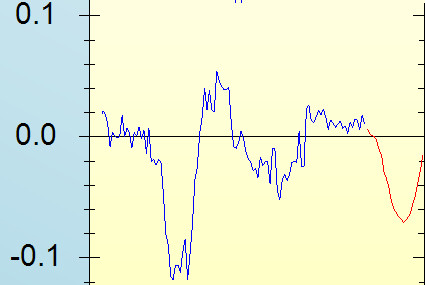The headlines in today's newspapers suggest that austerity has ended. The figures do not quite align with that view, but the extent of cutbacks at least appears to have moderated somewhat. The Chancellor's largesse, or what some have termed 'less awfulness', has been enabled by four things.
First, he has been helped by a forecast boost to the public finances. The £27 billion windfall is spread over a 5 year period and therefore represents a relatively small proportion of the gap that the Chancellor wishes to close. In any event, economic developments over the coming period may make the saving somewhat softer than it at first appears.
Secondly, the implementation of the welfare cap - part of the Chancellor's famous and ill-conceived fiscal charter - has been delayed in order to reverse the decision to cut tax credits.
Thirdly, several charges best interpreted as stealth taxes have been introduced. This includes a levy on businesses to pay for apprenticeships and the introduction of a scheme that will allow local councils to raise their taxes by 2% to pay for costs of social care. These things are certainly desirable, and the changes are welcome inasmuch as they secure continued services - but the Chancellor has nonetheless shifted the cost from central government to other payers. As far as the public is concerned, this takes with one hand what is given with the other.
Fourthly, the Chancellor has coonverted several grants schemes - in the areas of business support, health training, and further and higher education - into loans schemes. Again this may allow central government taxes to stay low, but the costs must nevertheless be paid.
In sum, therefore, this was a very clever Autumn Statment. The Chancellor certainly did succeed in pulling rabbits out of hats. But a wise audience knows that - just as is typically the case with magicians - he has made liberal use of smoke and mirrors.

